City Living, Monarch Saving: 10 Ways to Help Support Monarch Conservation in an Urban Environment

Monarch butterflies are beloved for their striking orange and black coloration and their long migratory journeys, but their populations have been in decline in recent years. Habitat loss, pesticide use, and climate change are all taking a toll on these beautiful insects. However, even if you live in the city, there are still ways you can help support monarch conservation. Here are ten ways you can make a difference:
-
Plant milkweed: Milkweed is the only food source for monarch caterpillars, so planting it in your garden or on your balcony can provide a valuable food source for monarchs.
-
Plant native wildflowers: Monarchs also need nectar plants to feed on as adults. Planting native wildflowers in your garden can provide a valuable food source for monarchs.
-
Avoid using pesticides: Pesticides can be toxic to monarchs and other pollinators, so it's important to avoid using them in your garden or on your balcony.
-
Create a monarch waystation: Monarch waystations are gardens that provide milkweed and nectar plants for monarchs. Creating one in your garden or on your balcony can provide a valuable habitat for monarchs.
-
Support conservation organizations: Organizations like the Monarch Butterfly Fund and the Xerces Society are working to protect monarchs and their habitats. Supporting them through donations or volunteering can help make a difference.
-
Educate others: Raising awareness about the importance of monarch conservation can help inspire others to take action. Talk to your friends, family, and community about the importance of protecting monarchs and their habitats.
-
Create a butterfly garden: Creating a butterfly garden in your city park or school can help provide a sanctuary for monarchs and other pollinators.
-
Support local conservation efforts: Find out if your city or community has any conservation efforts underway to protect monarchs and their habitats, and support them.
-
Create a citizen science project: Participating in citizen science projects, like the Monarch Larva Monitoring Project, can help researchers understand the health of monarch populations and inform conservation efforts.
-
Support sustainable agriculture: Supporting sustainable agriculture by purchasing organic products and avoiding products grown with pesticides can help protect the habitats that monarchs rely on.
In conclusion, even if you live in the city, there are still ways you can help support monarch conservation. By planting milkweed and native wildflowers, avoiding pesticides, creating a monarch waystation, supporting conservation organizations and creating a butterfly garden, supporting local conservation efforts, participating in citizen science projects, and supporting sustainable agriculture, you can make a difference in the survival of these beloved insects and the ecosystem as a whole.




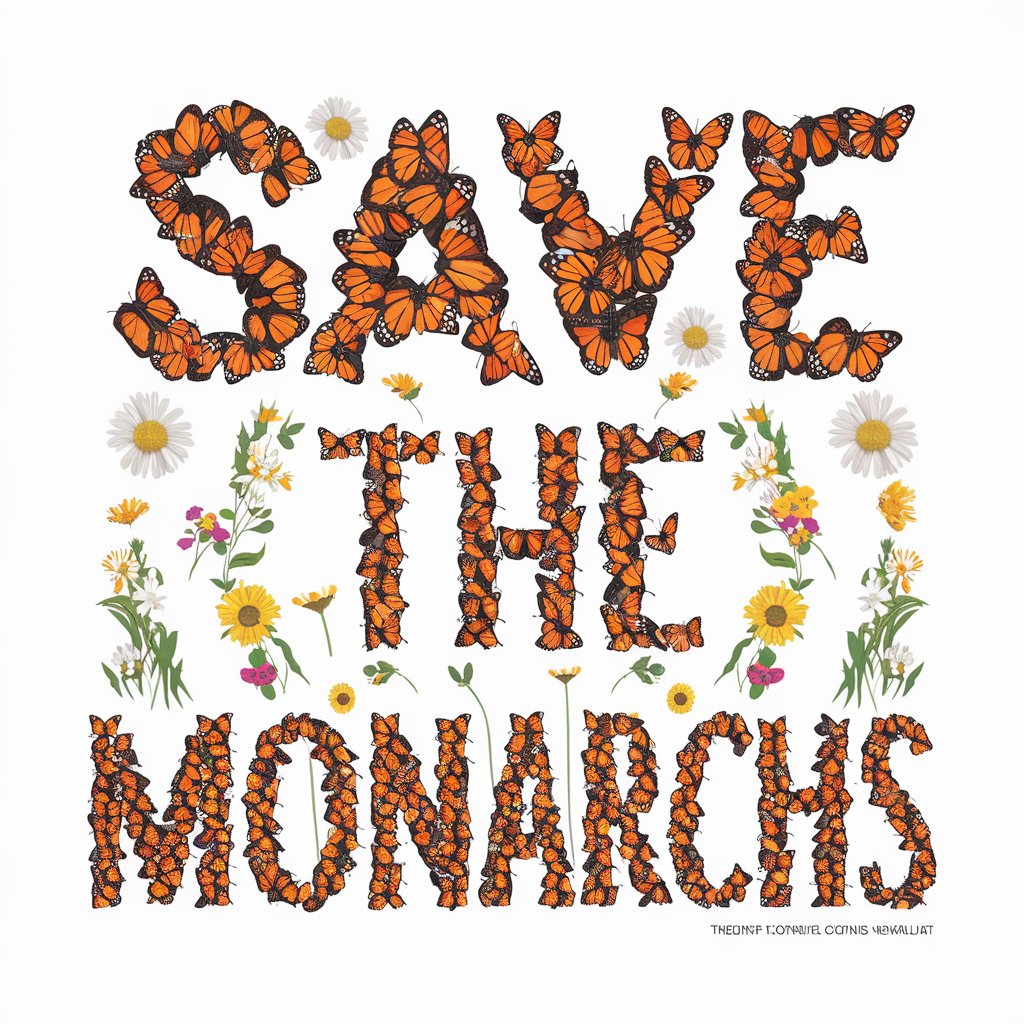
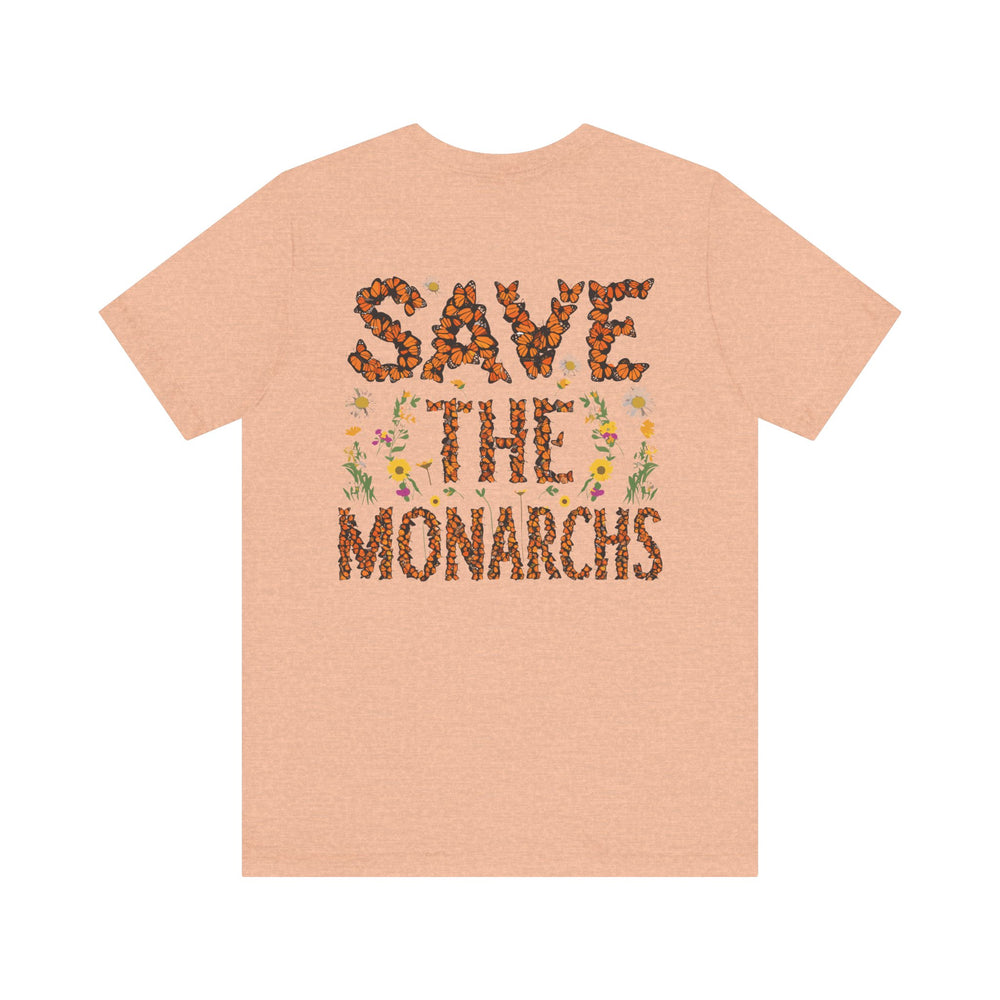






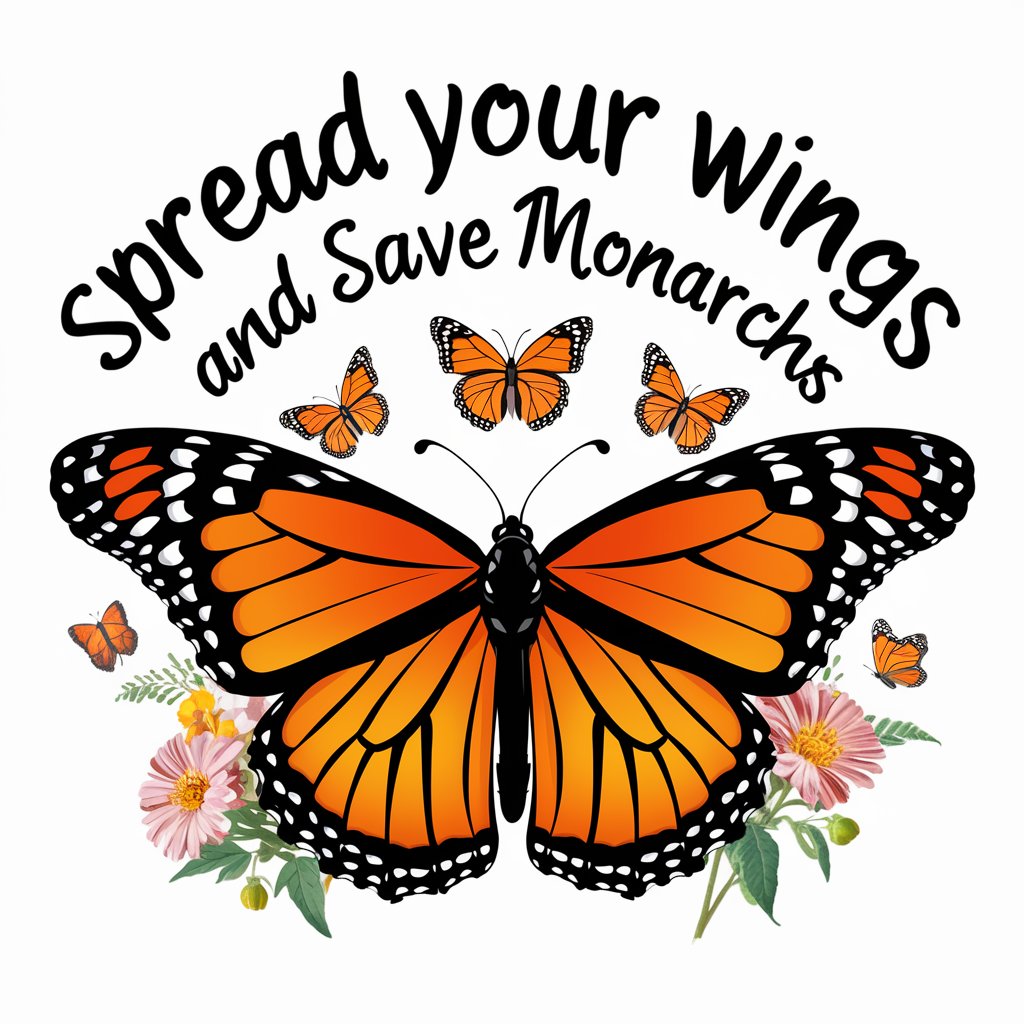
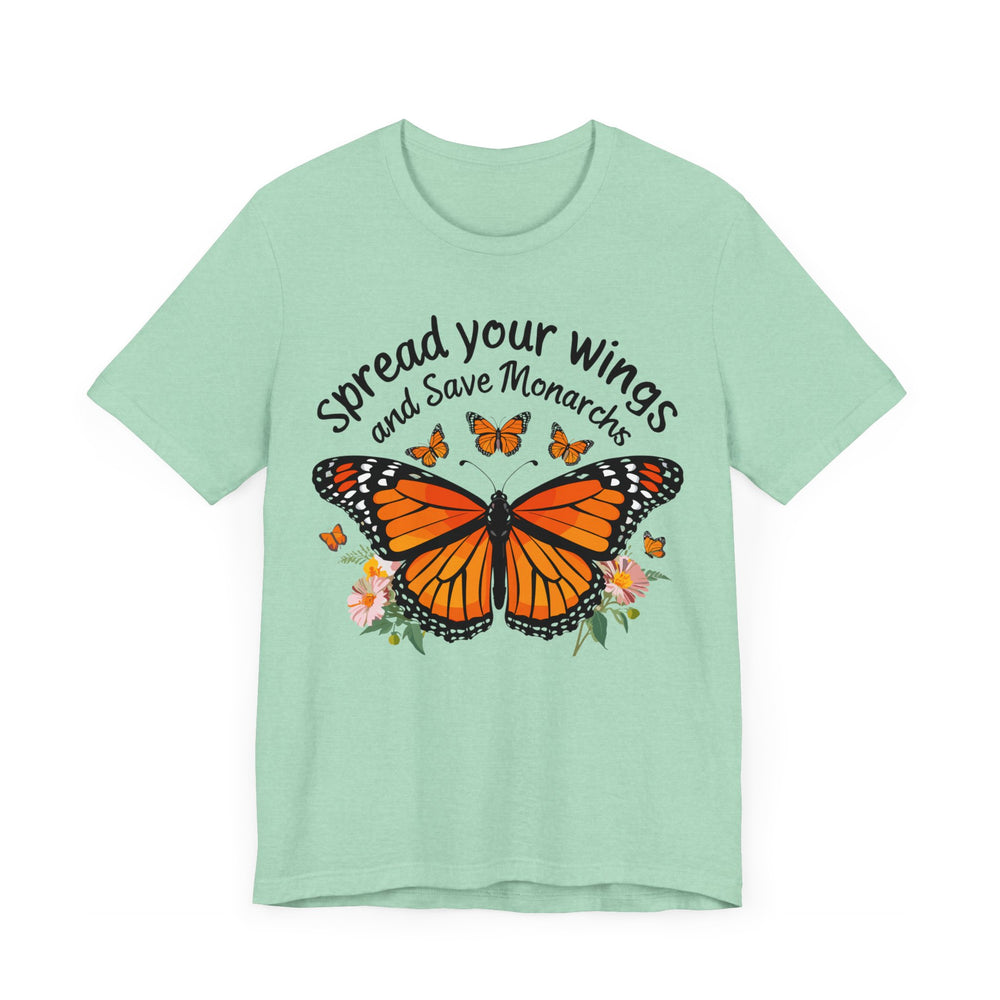
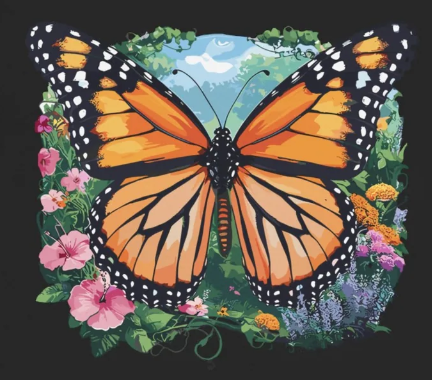
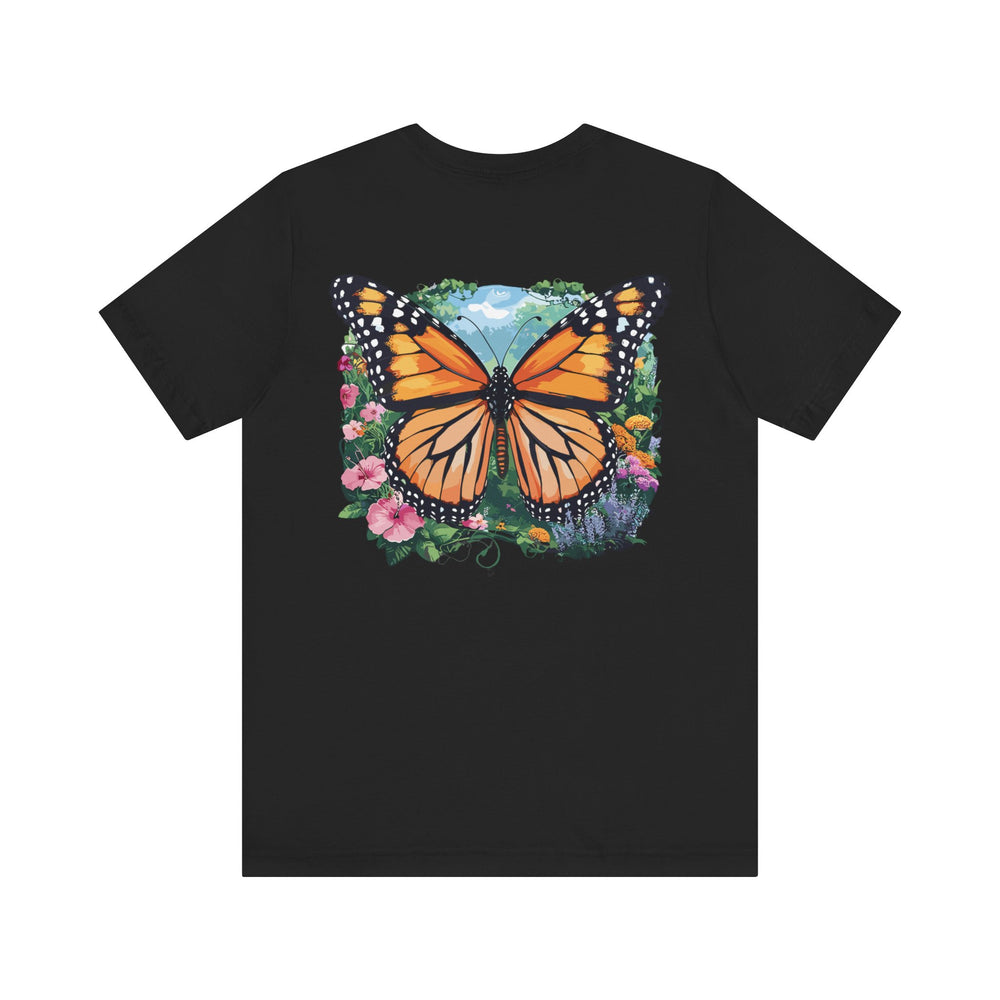




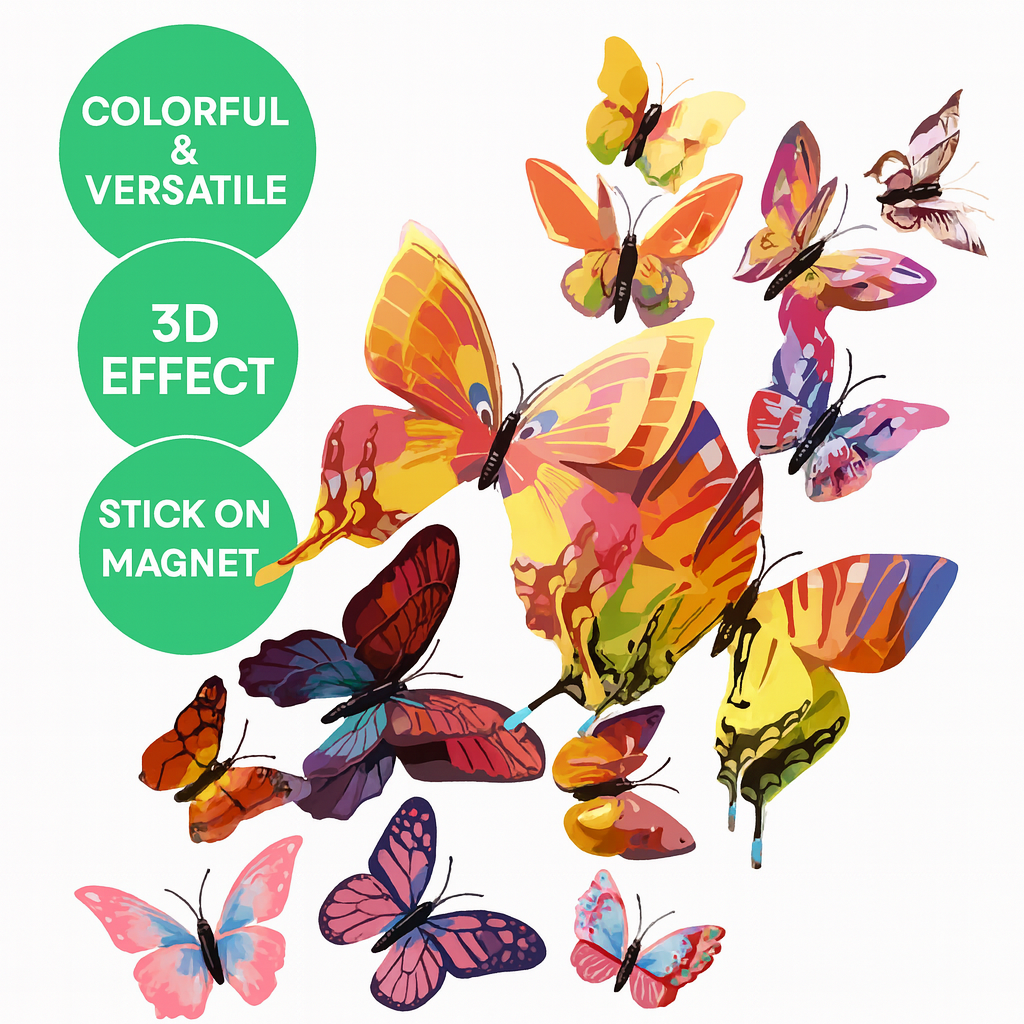
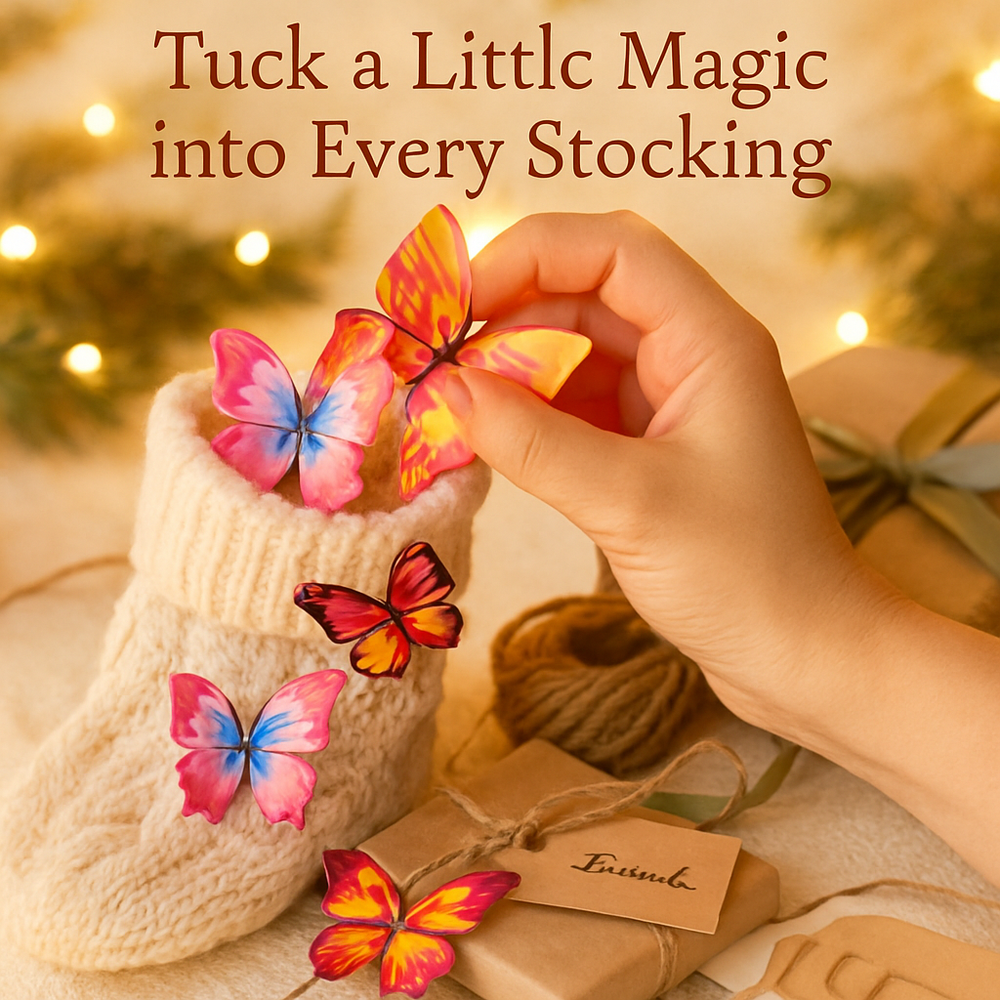
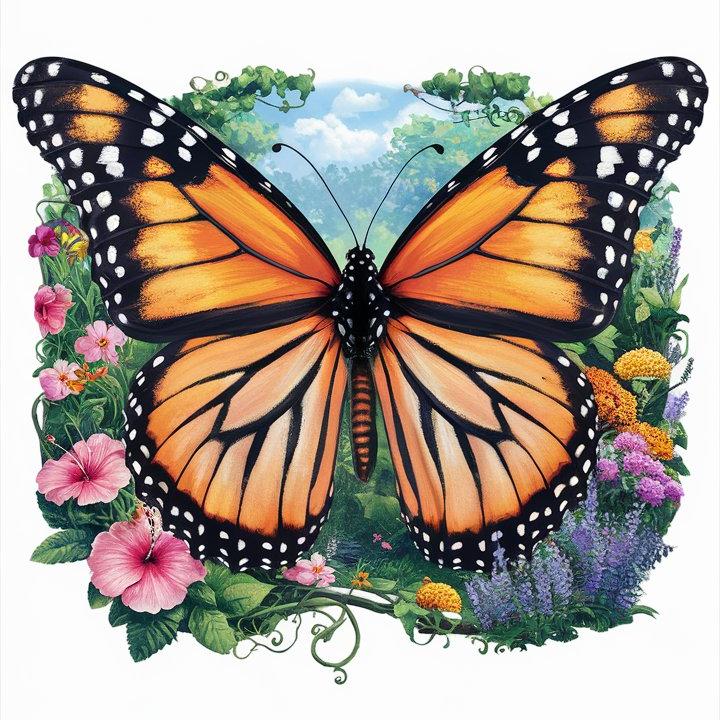
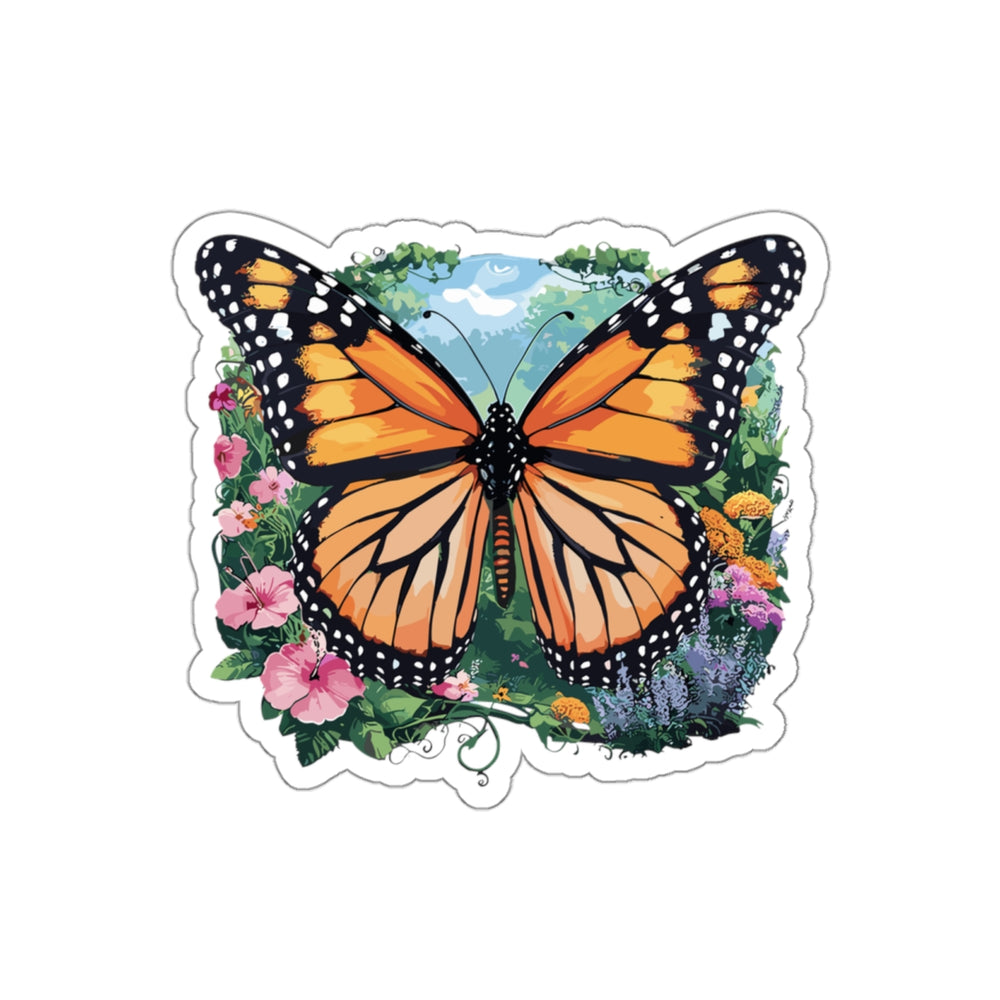
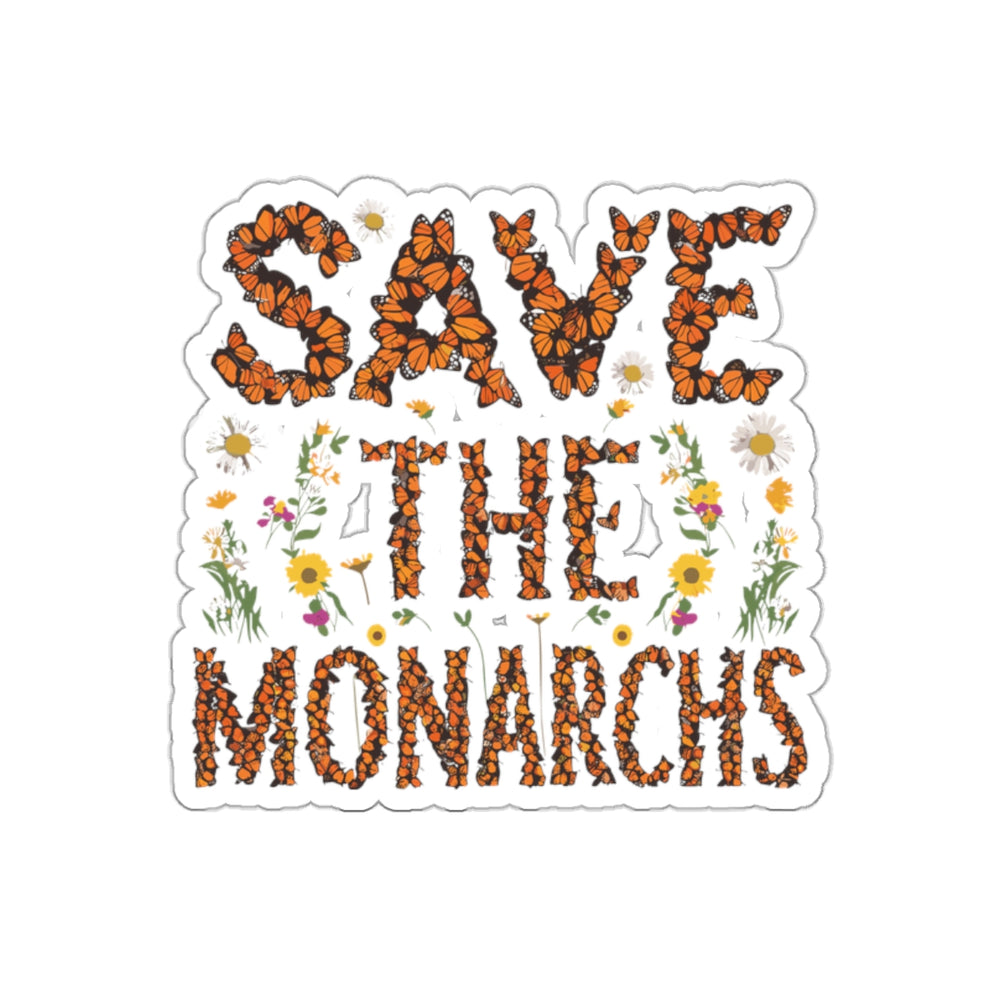
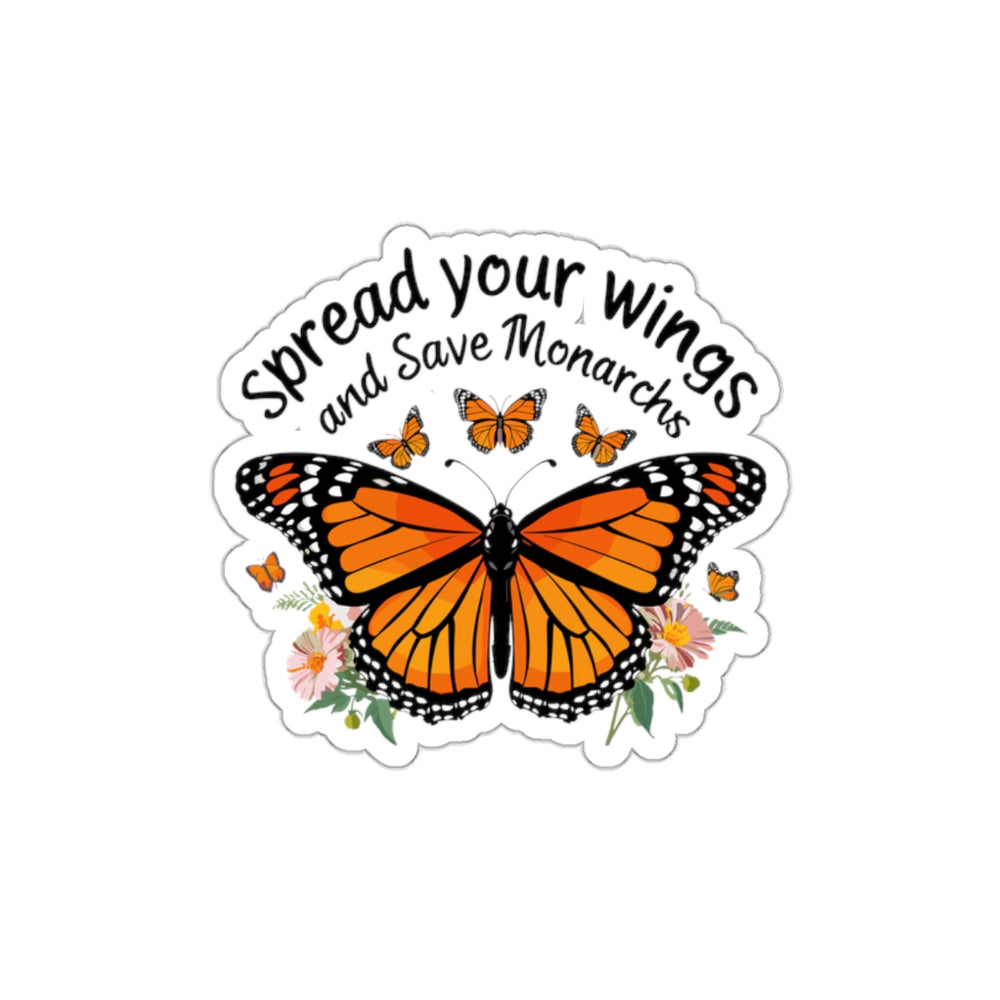

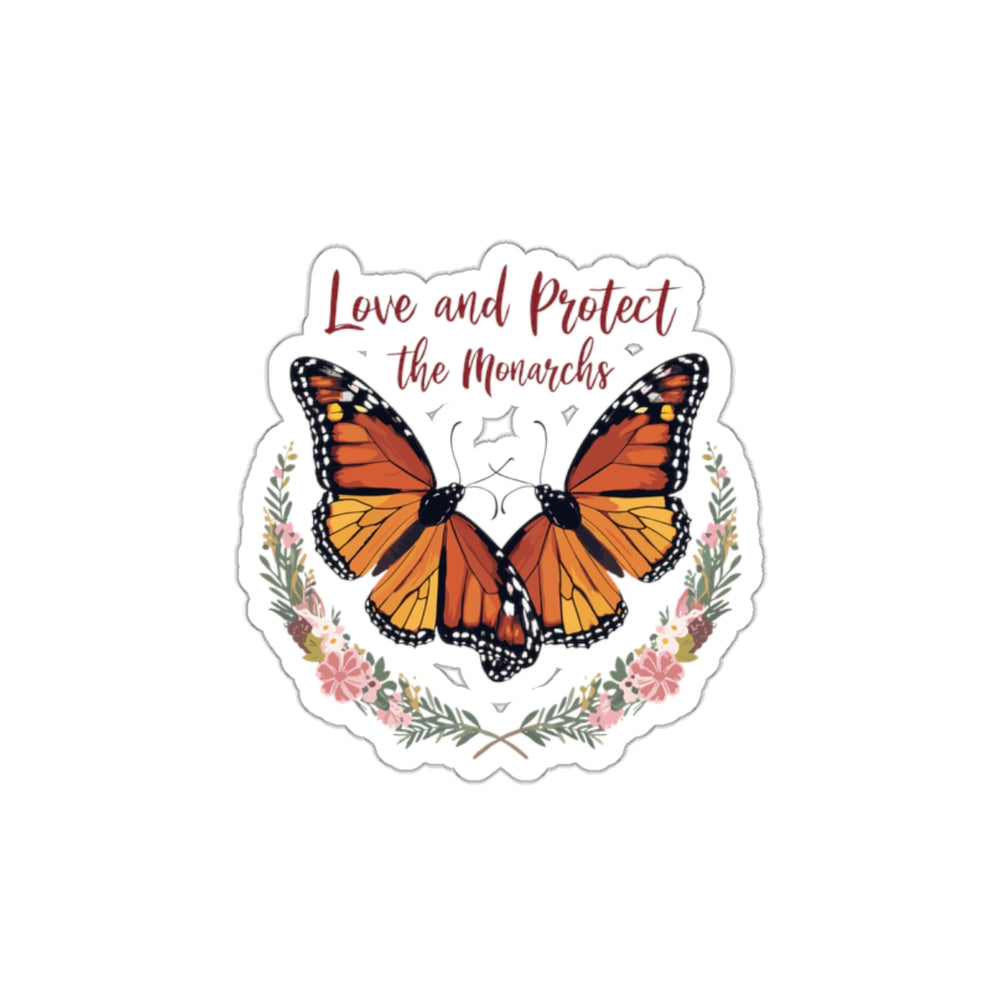
Leave a comment